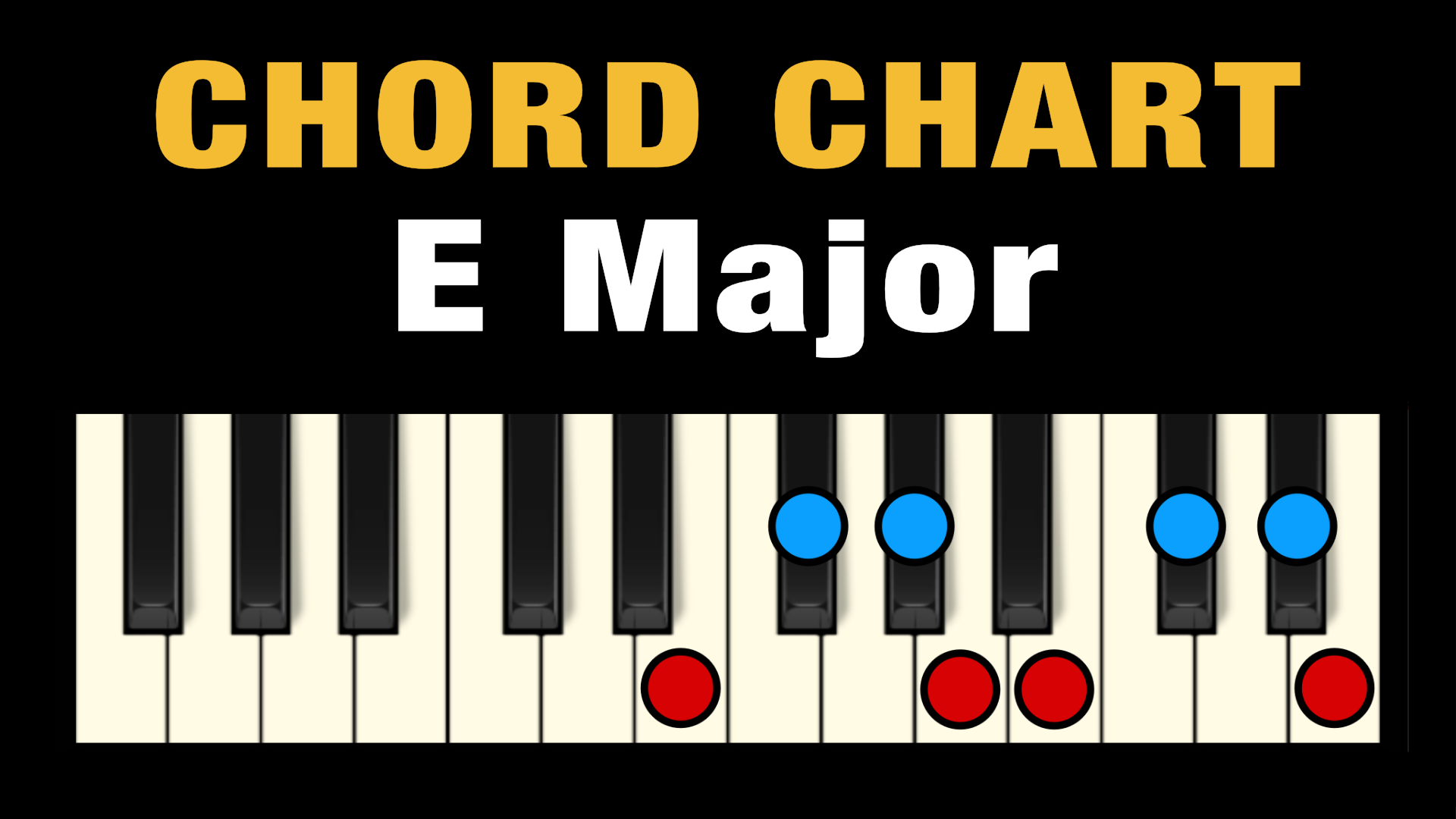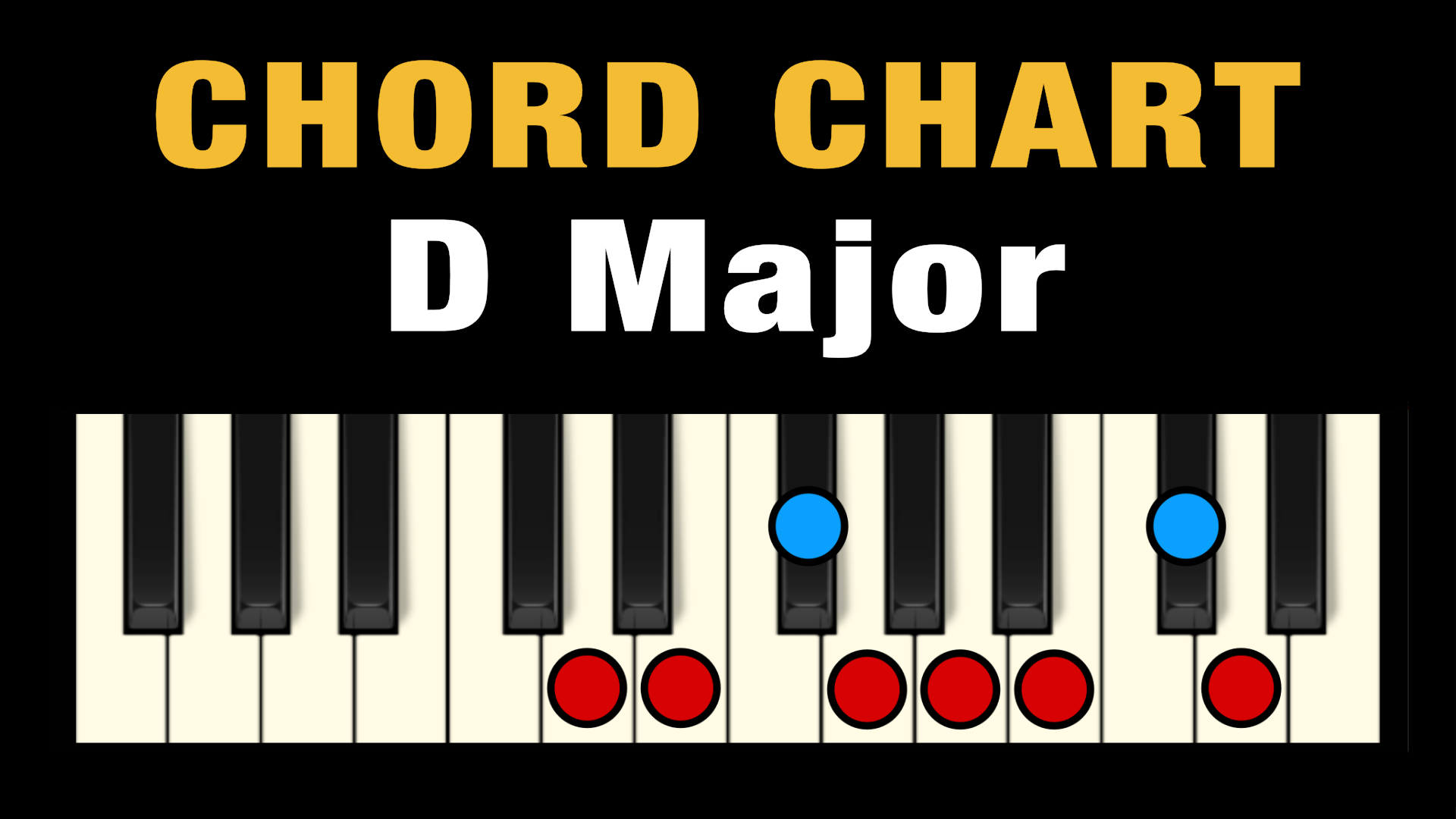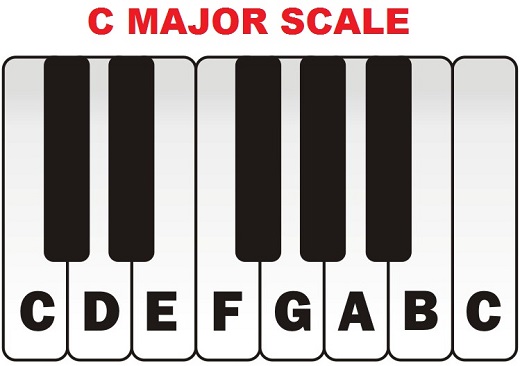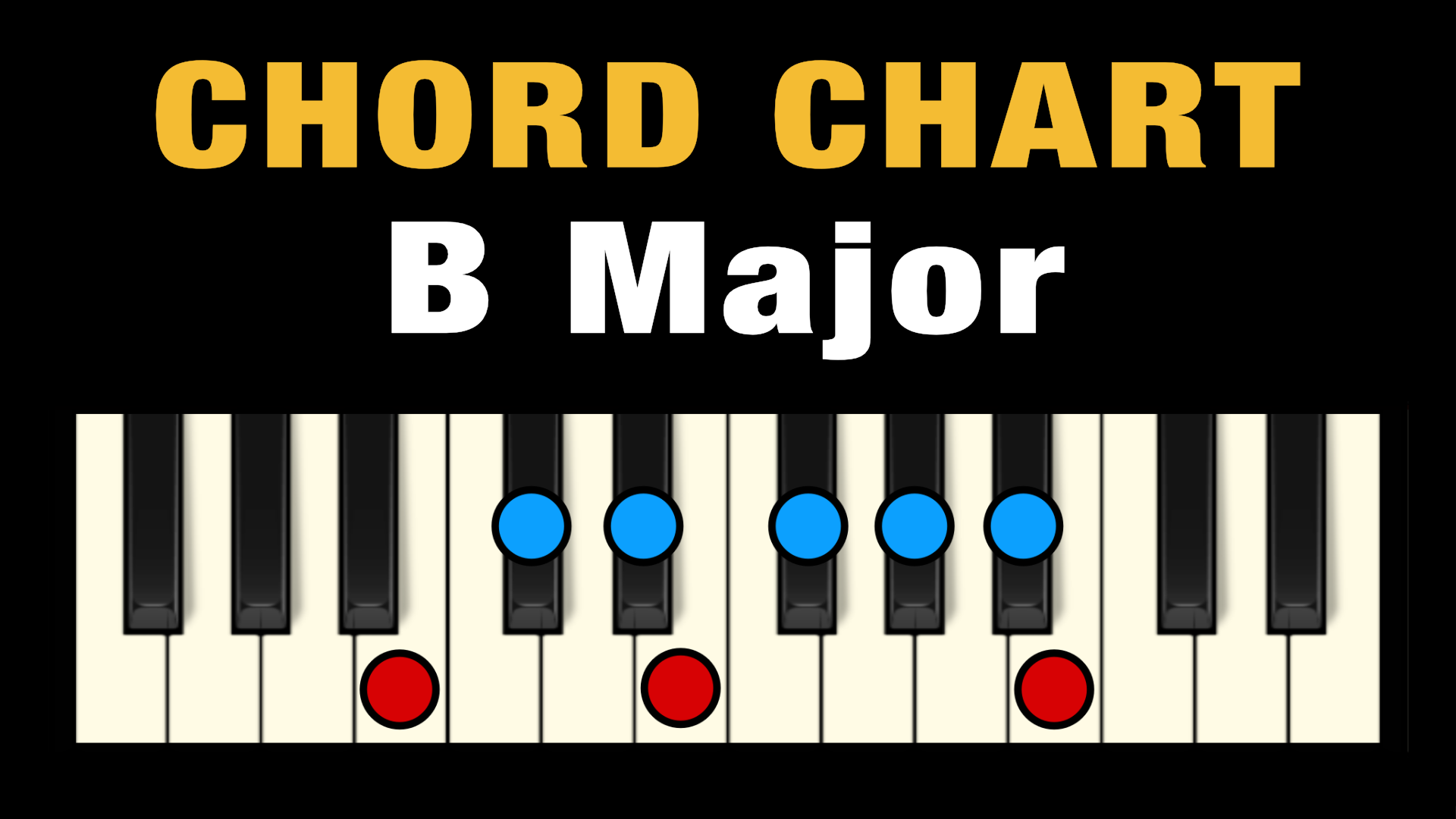F Major Piano Chords are an essential part of learning to play the piano. F Major Chords are often used in popular songs, and can be used for a variety of styles and genres. Learning F Major chords is a great way to expand your piano playing abilities, and can open up a world of possibilities for your music. With just a few simple notes, you can create beautiful, complex chords that will bring life to any song. Whether you’re a beginner or a more experienced player, learning F Major Chords can help you become a better pianist.
Exploring the Versatility of F Major Piano Chords
F Major is one of the most versatile and commonly used piano chords. As one of the more basic major chords, it is often used as a starting point for musicians who are just beginning to learn the instrument. It is also used in a wide range of genres, from classical to rock and jazz.
The F Major chord is composed of three notes, the Root (F), the Major Third (A), and the Perfect Fifth (C). When played on the piano, the notes are usually arranged as a triad, meaning that all three notes are played together. F Major is a fairly easy chord to play and is a great starting point for anyone just beginning to explore the piano.
In addition to sounding great on its own, the F Major chord can be used to create many different sounds. For instance, it can be combined with other chords to create a variety of chord progressions. Additionally, it can be used to create chords with altered notes, such as minor and diminished chords. This allows for the creation of complex musical passages and interesting harmonic progressions.
The versatility of F Major also extends to its use in various musical genres. It can be used in classical music to create beautiful harmonies and lush melodies. In jazz, it can be used to create complex chord progressions and improvisation. In rock and pop, it can be used to create driving rhythms and catchy melodies.
Ultimately, the versatility of F Major makes it a great chord to use in any musical situation. It is easy to learn, sounds great on its own, and can be used to create a variety of sounds and effects. Whether you’re just beginning to explore the piano or are an experienced musician looking to add a new sound to your repertoire, F Major is a great choice.
How to Create Beautiful Melodies Using F Major Chords
Creating beautiful melodies using F Major chords can be a daunting task, but with some practice and knowledge of music theory, it can be a fun and rewarding experience. To get started, it is important to understand the basics of F Major chords. F Major is a triad chord, which means it is composed of three notes: F, A, and C. These three notes make up the root, third, and fifth notes of the chord.
Once you understand the basic composition of the F Major chord, you can begin to explore the possibilities of creating melodies with it. To do this, you can start by playing the F Major chord in different inversions. An inversion is when you move the notes of the chord up or down the scale to create a different sound. For example, you can move the A note of the F Major chord up an octave to create a more full-sounding chord. You can also move the C note of the chord down an octave to create a deeper sound.
When you have familiarized yourself with the different inversions of the F Major chord, you can then begin to explore the various melodic possibilities. Start by playing a simple melody using the root note of the F Major chord. Once you are comfortable with the melody, you can then add in the other two notes of the chord. You can also add in different rhythms and upbeats to the melody as you go along.
Creating beautiful melodies with F Major chords is a great way to practice your music theory and have fun in the process. With some practice and experimentation, you can come up with a unique and beautiful melody that is sure to bring joy to your music.
Unlocking the Power of F Major Chords in Improvisation
F major chords are a powerful harmonic tool used in improvisation. They provide a strong foundation for exploring a variety of musical directions and can be used to create interesting melodies and accompaniment. In order to unlock the full potential of F major chords, it is important to understand the various chord voicings and progressions that can be used.
When playing F major chords, it is important to consider the various inversions that can be used. An inversion of a chord is when the notes of the chord are rearranged in a different order. Inversions of F major chords include root position (F-A-C), first inversion (A-C-F), and second inversion (C-F-A). These different inversions can provide different sounds that can be explored when improvising.
Another important element to consider when playing F major chords is their use in chord progressions. Chord progressions are simply a series of chords that are connected together to create a musical phrase. The F major chord can be used in a variety of chord progressions, such as the I-IV-V-I, I-vi-IV-V, and I-V-vi-IV progressions. These progressions can provide a strong harmonic foundation for improvisation.
Lastly, it is important to consider the use of arpeggios and scales when playing F major chords. Arpeggios are simply broken up versions of the chord that allow for smooth transitions between chords. Scales can also be used to create interesting melodies and accompaniment on top of the F major chord.
Understanding the various ways in which F major chords can be used in improvisation can help unlock the full potential of the chord. By exploring different inversions, chord progressions, arpeggios, and scales, musicians can create unique and interesting musical phrases and accompaniment.
The Unique and Memorable Sound of F Major Piano Chords
The F major piano chord is a very unique and memorable sound that is beloved by musicians and listeners alike. This chord is composed of the notes F, A, and C and is played by holding down all the white keys on the piano between the F and A keys. When played together, these notes create a beautiful and powerful chord that is full of emotion and energy.
The F major chord is often used in many types of music, both classical and modern. It is often used in songs as a transitional chord, or a way to move from one section of a song to another. The F major chord can also be used to create a feeling of resolution in a piece of music, or to bring a song to a close.
The sound of the F major chord is quite distinctive, and can be easily identified by even the most amateur of musicians. It has a bright, shimmering quality to it that is both calming and uplifting. It can also be used to create a sense of nostalgia or longing in a piece of music.
The F major chord is a wonderful sound to use in any type of music, from classical to pop. It is a great way to add depth and emotion to a piece of music. Whether you are a professional musician or a beginner at the piano, the F major chord is sure to bring a unique and memorable sound to your music.
Crafting an Impressive Solo Piece with F Major Chords
F Major chords are a vital part of any musician’s toolkit. In order to craft an impressive solo piece with them, it’s important to understand the characteristics of these chords and how to properly use them.
F Major chords are triadic chords, meaning they are made up of three notes. The root note of this chord is F, and the other two notes that make up the chord are A and C. When played together, these notes create a bright and joyful sound that is perfect for solo pieces.
When crafting a solo piece with F Major chords, it is important to consider the melody you want to create. As this chord is bright and joyful, it is best to use uplifting melodies that will make the piece stand out. Consider writing a melody that uses ascending and descending scales, as this will create a dynamic and interesting sound. Additionally, you may want to include some chromatic notes to add tension and excitement to the piece.
You should also consider the chord progressions you use in your solo piece. When using F Major chords, it is important to choose progressions that will create an interesting sound. Try using some unexpected progressions to keep the listener interested. Additionally, you may want to consider using some secondary dominants, as these will add some complexity to your solo piece.
Lastly, it is important to consider the dynamics and articulation of your solo piece. As F Major chords are bright and joyful, it is best to use a lively tempo and strong articulations. Additionally, you may want to vary the dynamics throughout the piece, as this will add some contrast to the piece and keep the listener engaged.
By understanding the characteristics of F Major chords, as well as how to properly use them in a solo piece, you can craft an impressive solo piece with these chords. Keep in mind the melody, chord progressions, dynamics, and articulations, and you will be sure to create a piece that stands out.
Crafting an Impressive Accompaniment with F Major Chords
F Major chords are an excellent accompaniment for many musical compositions. The F Major key signature consists of 1 flat (B♭) and is often referred to as the “key of joy” due to the uplifting quality of its sound. This key signature is a popular choice in folk, rock, and pop music, as well as in jazz, classical, and country music.
When crafting an accompaniment with F Major chords, it is important to consider the type of song being played and the desired effect. For a more upbeat song, a bright sound can be achieved by using two or three chords, such as F major, B♭ major, and D minor. This combination of chords will provide a cheerful feel to the song.
For a slower tempo song, a mellower sound can be attained by using a single F major chord or a combination of two or three chords, such as F major, B♭ major, and A minor. This combination will provide a soothing, relaxed feel.
In addition to the chords used, the use of arpeggios will also help create a more interesting accompaniment. Arpeggios are musical notes that are played one after another in sequence instead of simultaneously. By using arpeggios, the accompaniment will have more depth and complexity.
Finally, incorporating modulation into the accompaniment can provide a dynamic and interesting sound. Modulation is the process of changing the key of a song during the course of the piece. This can be done by using chords from the new key or by using the same chords in a different order.
By utilizing the tips provided, crafting an impressive F major chord accompaniment is achievable. The combination of chords, arpeggios, and modulation will create a unique and memorable sound.
Conclusion
In conclusion, F Major Piano Chords are a great way to create beautiful and interesting music. They are easy to learn and can be used to create a variety of different sounds. Whether you’re a beginner or an experienced musician, these chords will help you create the music you want.
Since 2005, Singersroom has been the voice of R&B around the world. Connect with us via social media below.








